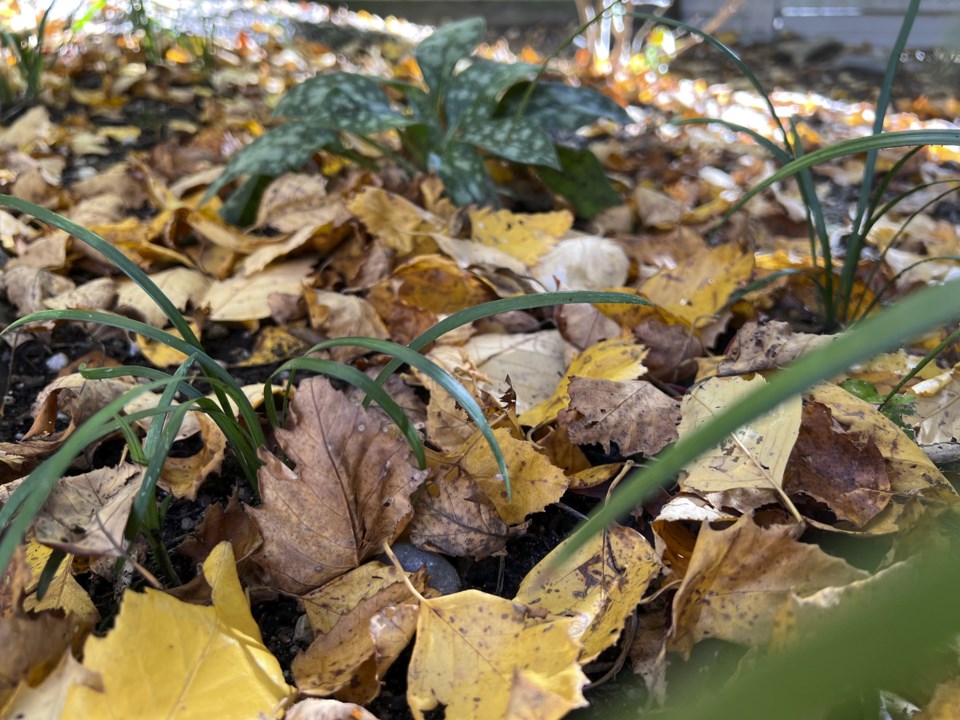If you’re for perennials, groundcovers, shrubs or trees to plant next spring, the path to success starts with a good foundation. It’s before plants are in place, so the time to do so is now.
Before beginning, .
Next, Test kits are reasonably priced and widely available. Plus, most states have university-affiliated agricultural extension offices that offer low-cost testing services to home gardeners.
Each plant species thrives best at a specific pH range. If the reading is outside the target range for a plant, it won’t be able to avail itself of nutrients, whether from soil or fertilizer. So consider what you’ll be planting next year, learn its pH requirement and amend the soil if necessary.
Agriculture limestone will raise pH, and aluminum sulfate or sulfur will lower it. The package label will provide directions for your soil type and the bed’s square footage.
If you’re fortunate enough to have autumn leaves littering your property, push a thin layer of them into beds and borders. If possible, shred them first with a mulching mower.
Then layer 3-4 inches of over the leaves (or directly on the soil in the absence of leaves) and level it out with a stiff-tined rake. It will feed beneficial microbes and other soil-dwelling organisms, and release high-quality nutrients into the ground to feed your plants.
Contrary to long-held gardening beliefs, it’s best not to till amendments into the soil. Doing so could damage soil structure, break up valuable fungal threads, kill earthworms and other beneficial insects, and bring weed seeds to the surface.
Remember, the richest soil is found on the forest floor, and nobody’s been digging that up. So, unless your aim is to correct a drainage issue, emulate nature and place amendments directly on the earth. They’ll work their way down over the next few months.
Apply 2-3 inches of mulch over the compost to further suppress weeds and moderate soil temperature and moisture over the winter. If plants are already growing in the bed, postpone adding mulch until after a hard frost, and keep both compost and mulch a few inches from stems and trunks to prevent rot.
By spring, the benefits of the amendments will be available at root level, and the soil will have softened for easier planting. Push the mulch away and install your plants.
Your new garden will thrive in the rich, organic environment you’ve created, and reward you with vigorous growth, beautiful flowers and productive vegetables. And they’ll be sturdier, healthier and better able to withstand pests and diseases.
—-
Jessica Damiano writes regular gardening columns for The Associated Press. She publishes the award-winning Weekly Dirt Newsletter. Sign up here for weekly gardening tip s and advice.
For more AP gardening stories, go to .
Jessica Damiano, The Associated Press




